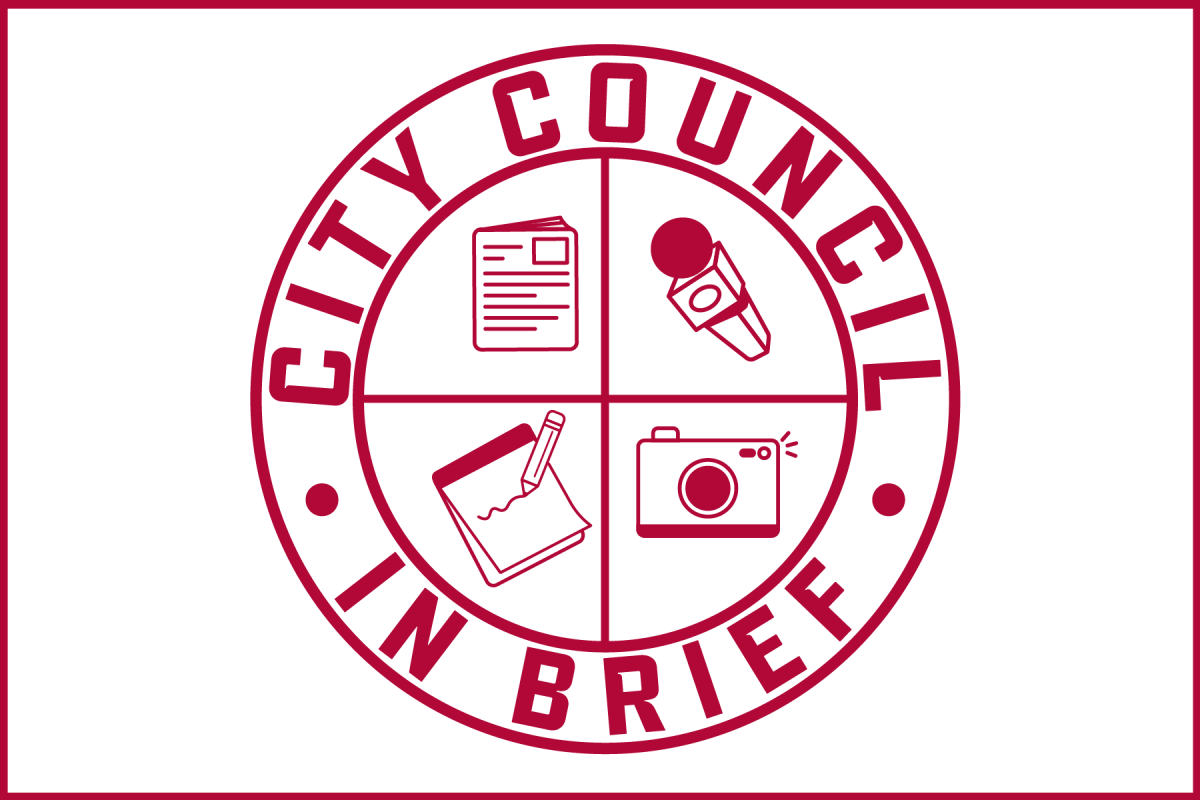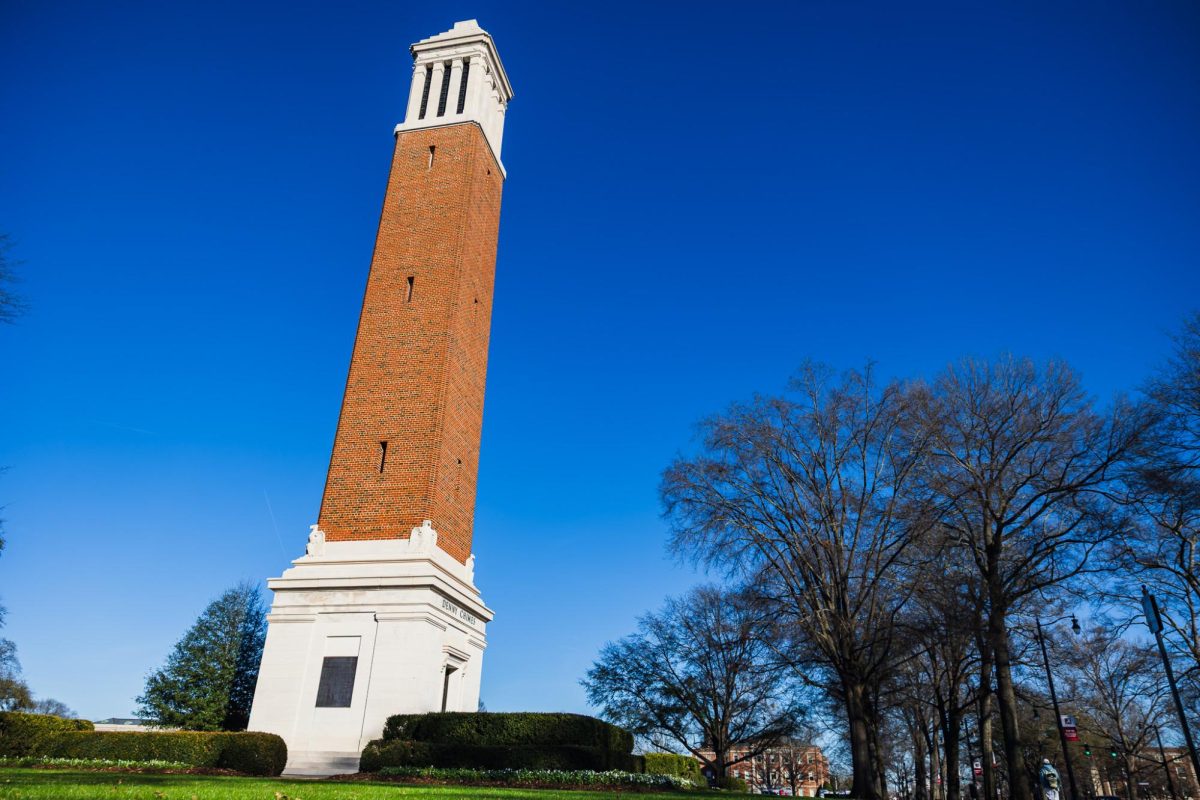The Black Student Union hosted its annual Onyx event on Friday at the Student Center Lawn. This year, the event was inspired by Coachella and celebrated the musical talents of UA students.
“It’s a really cool thing,” said Cydney York, a junior majoring in biology. “I know I can look forward to this every year, just celebrating Black students. It’s a good way to start the semester.”
The evening began with an organization tabling hour that featured several campus organizations, including the National Pan-Hellenic Council. There was also an assortment of food trucks from restaurants like Urban Cookhouse and Bama Flava.
Afterwards, Jordan Stokes, BSU president and a senior chemical engineering major, took the stage to welcome all attendees and begin the talent presentations. The Afro American Gospel Choir performed, followed by dance performances from each of the NPHC organizations. There was also a fashion show, a dance performance from the Crimson Belles and a vocal performance from BSU’s Instagram talent show winner.
“Every year is so different,” York said of the event. “You can meet so many new people, learn about so many new organizations. It’s kind of like an early Get on Board Day for us.”
Although the atmosphere was lighthearted, some attendees were concerned about the future of Onyx.
“In the light of this potentially being the last Onyx, I believe everyone really came together to celebrate,” said Mya Reliford, a senior majoring in kinesiology.
Due to the recent Senate Bill 129, public institutions of higher education may not sponsor “diversity, equity, and inclusion programs” or events containing “divisive concepts” as outlined in the law, which could impact organizations like BSU and their events. While students are still able to hold DEI programs and events containing divisive concepts, the University may not provide any funding for them.
The University recently closed the BSU’s dedicated office in the Student Center in compliance with SB129. This means the BSU will have to meet elsewhere.
“I just hope they find a way to continue to do things for Black students and other students of color,” York said. “It’s such a part of UA that we don’t always get to see.”















